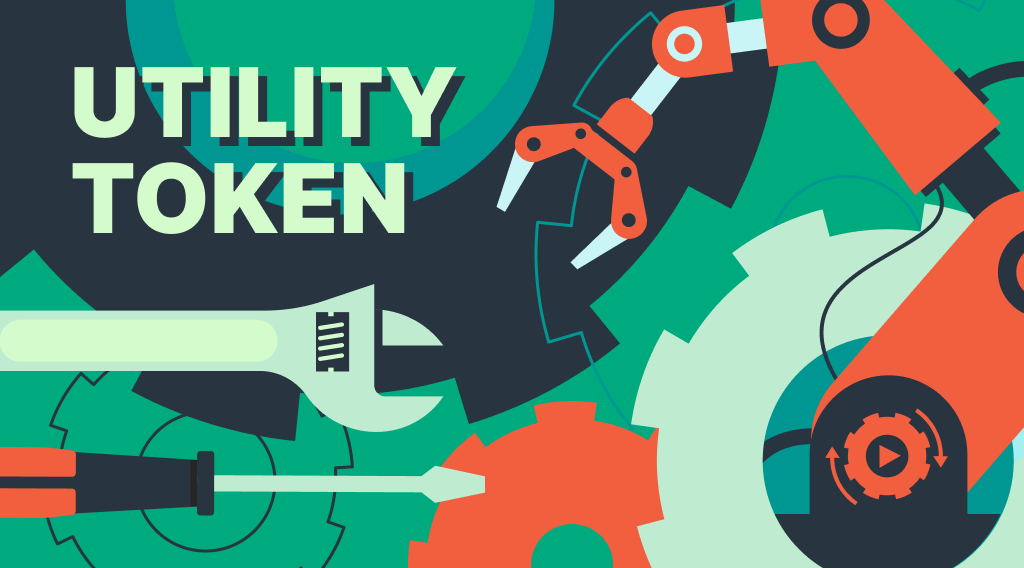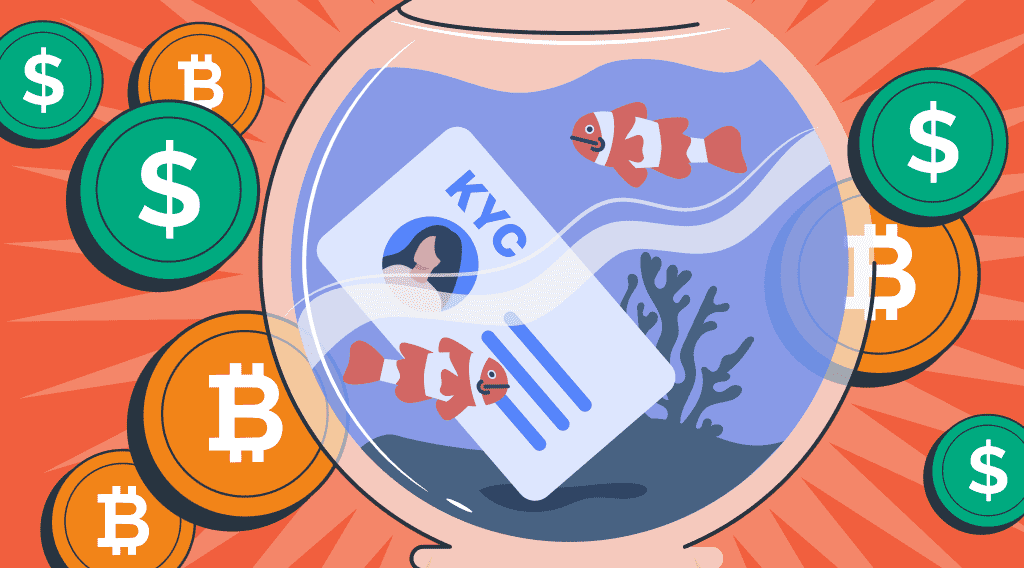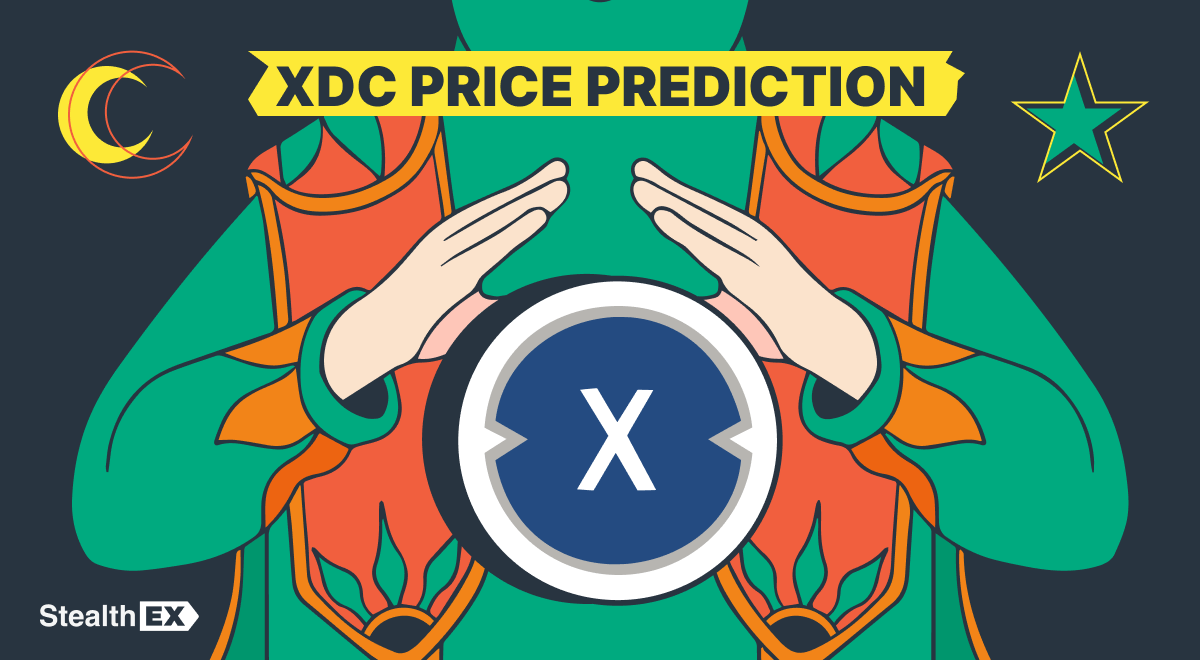What Is a Utility Token? Security Tokens vs Utility Tokens

When it comes to tokens and their categories, it’s clear that they all have their own functionality, which differs from each other. When talking about tokenization and the types of tokens, we can usually identify a certain number of token groups, including payment and security tokens. While most crypto enthusiasts have a clear idea of what these groups are, there’s a third token category that is often overlooked, and these are utility tokens. But what are utility tokens? Let’s take a closer look at this token subgroup in the new StealthEX article.

Article contents
What Are Utility Tokens in Crypto?
In October, StealthEX did an overview of data tokenization and its models. In this article, we’ll venture out into the vast world of utility tokens a little further.
Let’s first remember what a token is. A token may refer to any given cryptocurrency token or a token that exists on another cryptocurrency’s blockchain in computer security and cryptocurrency. A token is an asset, utility, or unit of value that a company issues. Tokens represent programmable assets or access rights which are managed through a smart contract and an underlying distributed ledger. Utility tokens, unlike coins, are usually pre-mined and created at one go by the developer of a cryptocurrency network.
In essence, utility tokens are user tokens or app coins. This is a token that is given out during crowd sales as a project executes an ICO or an Initial Coin Offering (ICO). During an ICO, you will receive a token in exchange for your investment. Tokens can be redeemed to access the product or service of a company in the future.
Roles of Utility Tokens
Here are the basic functions of a utility token:
- The token owner has certain rights, including the right to utilize or own a product and the right to pitch or vote for particular cases or topics.
- Having utility tokens allows you decentralized storage. These tokens provide the exchange value for the services they provide.
- Utility tokens improve the user experience by giving rewards for particular things.
- Utility tokens act as currency within the blockchain. Additionally, they can be used as an alternative to financial payments.
- You can share utility tokens as means of receiving certain goods.
- Tolling users can enter the blockchain infrastructure or decentralized service.
Utility Tokens: Principles of Work
Utility tokens can only be used within their specific blockchain ecosystem in order to gain access to the company’s products and services. A specific decentralized exchange (DEX) token only allows you to swap tokens or perform activities on that DEX. These DEX tokens can be issued as a reward for users of the platform, or as interest for those who lend their funds to borrowers via the platform. For example, Brave’s Basic Attention Token (BAT) is a utility token that can only be issued through the Brave browser, or through applications that have an integrated BAT wallet, such as Twitter. Utility tokens generally have no other use outside of the network for which they’re intended.
With the growth of blockchain networks around the world, utility tokens are widely used to raise capital for startups through ICOs, since they can be sold in exchange for other digital assets. The ERC-20 token standard is one of the most extensively used for utility tokens, especially among firms that develop dApps on the Ethereum blockchain.
Utility tokens can also serve as incentives to encourage a specific action within the ecosystem. For instance, tokens can be issued to users who submit consumption data to improve and fine-tune the existing blockchain technology. Despite the usefulness of these network-specific tokens, which led to their widespread use during ICOs in 2017–18, their lack of regulation also resulted in fraudulent cases; a number of crypto projects were unable to deliver on their unrealistic promises of large returns for investors.
NFTs with Utility
Utility NFTs enhance the concept of digital collectibles by providing holders with real-world rewards and other privileges linked to ownership. Instead of looking at NFTs as just collectible artwork, they can be used for a variety of practical applications, like acting as a ticket to an event or providing a holder with long-term membership to a club.
Some NFT projects, like Bored Ape Yacht Club (BAYC), gradually began adding utility for holders, like exclusive access to branded parties or meetups. Other NFT projects add utility from the start, like Coachella Collectibles, which grants holders a lifetime pass to the music festival, alongside other benefits like unique on-site experiences and physical goods.
Highlights of Utility Tokens
Utility tokens are quite useful in the world of crypto:
- They provide the right to use the products in the relevant ecosystem.
- This type of token has a special mechanism to safeguard the token price from dropping on exchanges.
- Utility token acts as a payment token and is used only in a particular sector.
- This type of crypto token is potentially accepted for all ecosystems.
- Utility tokens have a real use case and that is completely combined into an efficient protocol.
- Offer some bonuses, upgrades, and a variety of discounts for its users.
- Utility tokens have an engaged community, reputation, adoption, and fixed supply amount.
Benefits for Business
Here are some benefits that may come with developing a utility token for future use:
- Middleman-free transactions.
- Anonymity.
- Globalized instant and secure transactions.
- Customization.
- P2P decentralized network.
- Effective funds raising without any hassle.
- Limitless data.
- Cost-effective transactions.
- Easily trackable options, etc.
Utility Tokens: Issues
Despite providing a great mechanism for the blockchains, utility tokens also face a number of issues. As a rule, utility tokens are often stymied by a paradoxical problem: the token only becomes useful once it is widely adopted. Before then, the token has no ‘use,’ and only investors would buy it, rendering the token a security.
To address this problem, some have proposed a safe-harbor period during which an aspiring utility token would be subject to less than the full panoply of securities laws, on the condition that the token reaches a certain level of decentralization and functionality by the end of safe harbor. But no such safe harbor has yet been adopted.
Additionally, utility tokens may face a number of other issues:
- No natural mechanism for increasing the token value.
- Token lacks value when the project does not succeed.
- Cryptocurrency adoption is not promoted.
- A liquidity problem occurs when the project does not achieve the capital required for development.
- The token holders do not hold any decision-making. The founders and developers manage all.
Examples of Utility Tokens
Despite the challenges these tokens encounter, many crypto projects have relied on utility tokens in one way or another, whether to raise funds or encourage certain transactions on the platform. Here are a few examples of the most well-known utility tokens:
1. BNB
Binance Coin (BNB) is used mostly to pay for trading fees and transactions on the Binance exchange. Binance incentivizes users to use BNB instead of stablecoins or other cryptocurrencies by offering discounts. You can also use BNB coins as collateral for loans on some platforms or even use it to pay for goods.
2. UNI
There are a number of utility tokens like Uniswap (UNI) which facilitate decentralized finance. Instead of having to deposit your cryptocurrency on an exchange to trade it, you can use platforms like Uniswap to instantly trade between different currencies right in your browser. Users stake their cryptocurrency in Uniswap to provide liquidity for trades. In return, they’re paid in UNI tokens.
3. LINK
Chainlink is what’s known as an oracle or data provider that is used to connect blockchains with external data that’s stored off-chain. Although blockchains are great at maintaining a secure decentralized digital ledger of transactions, they aren’t great at taking inputs from things happening off-chain. Chainlink helps connect blockchains to external things like fiat and credit cards, scores of sports games, and even the weather. LINK is a utility token used within the Chainlink system to incentivize node operators. These node operators help to transfer data in and out of the blockchain securely, and they get paid with LINK for their service.
4. ADA
ADA is the native token of the Cardano blockchain. The Cardano blockchain can be used to create smart contracts and decentralized applications. In addition, it allows funds to be sent and received almost instantly with minimal fees. Cardano’s goal is to solve issues of scalability, sustainability, and interoperability while combating the slowing down of networks and high fees as the number of transactions increases. ADA is used on the Cardano blockchain to pay transaction fees. And ADA holders are paid rewards for staking their ADA.
Conclusion
Utility tokens represent an important step forward for blockchain, as their ability to generate value for investors and funding for projects provides a strong incentive for open-source application investment. In situations where investors would otherwise not be able to monetize their investments, they can now capitalize on the success of these applications.
The question is whether utility tokens can survive without the traditional income earning characteristics of equity or debt. They need to avoid securities law and yet still generate value for investors, it is hard to do and it remains to be seen how many projects can successfully achieve this goal. In our next article, we’ll discuss utility tokens vs security tokens.
If you’re looking for a place to buy crypto, you can do it privately and without the need to sign up via StealthEX. Our crypto collection has more than 1400 different coins and you can do wallet-to-wallet transfers instantly and problem-free.
Just go to StealthEX and follow these easy steps:
- Choose the pair and the amount you want to exchange. For instance, ETH to BNB.
- Press the “Start exchange” button.
- Provide the recipient address to transfer your crypto to.
- Process the transaction.
- Receive your crypto coins.
Follow us on Medium, Twitter, Telegram, YouTube, and Publish0x to stay updated about the latest news on StealthEX.io and the rest of the crypto world.
Don’t forget to do your own research before buying any crypto. The views and opinions expressed in this article are solely those of the author.
crypto world security token Token tokenization utility tokenRecent Articles on Cryptocurrency
 No KYC for Buying Cryptocurrency on StealthEX
No KYC for Buying Cryptocurrency on StealthEX  XDC Price Prediction: Will XDC Crypto Reach $10?
XDC Price Prediction: Will XDC Crypto Reach $10? 
